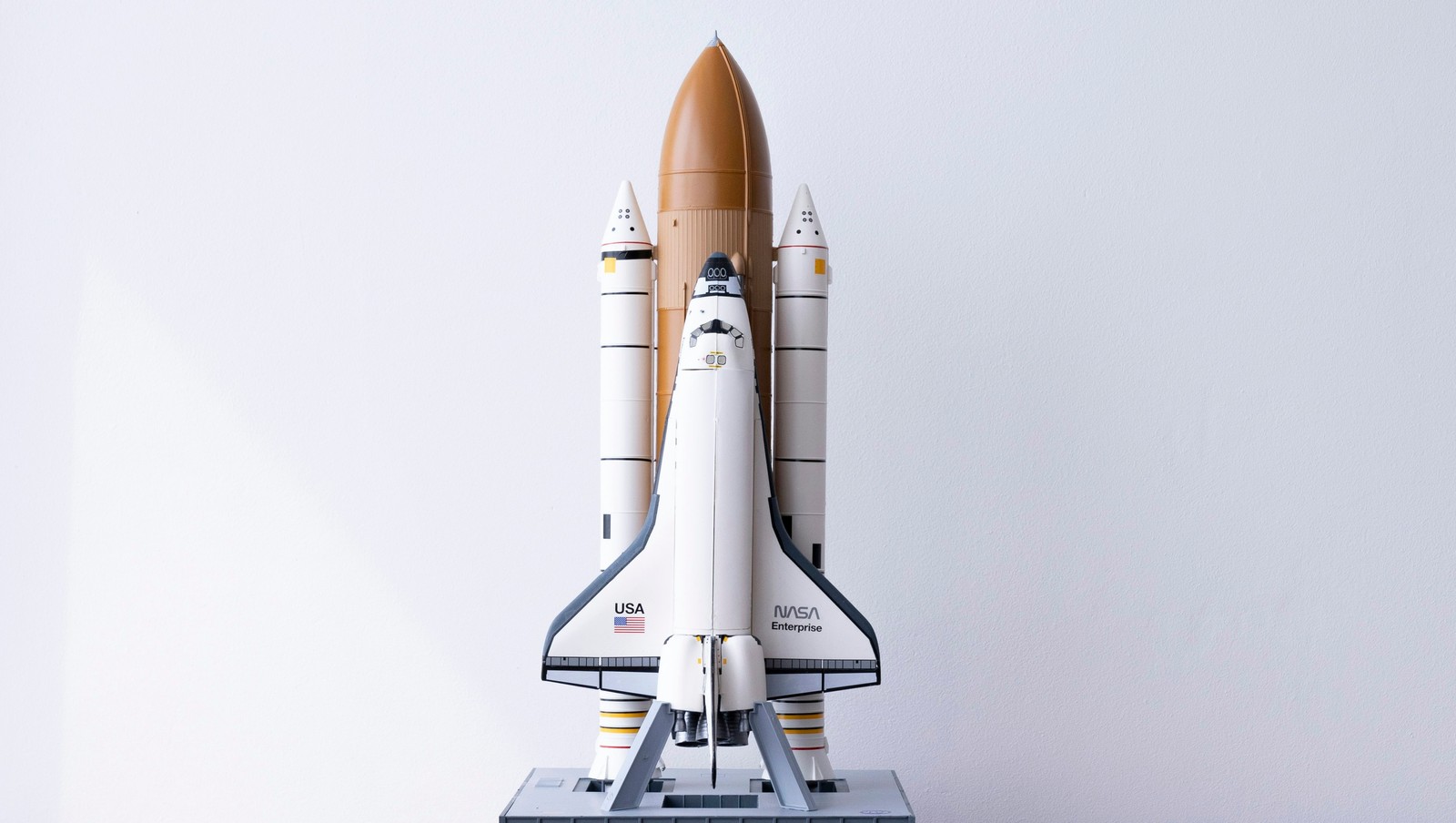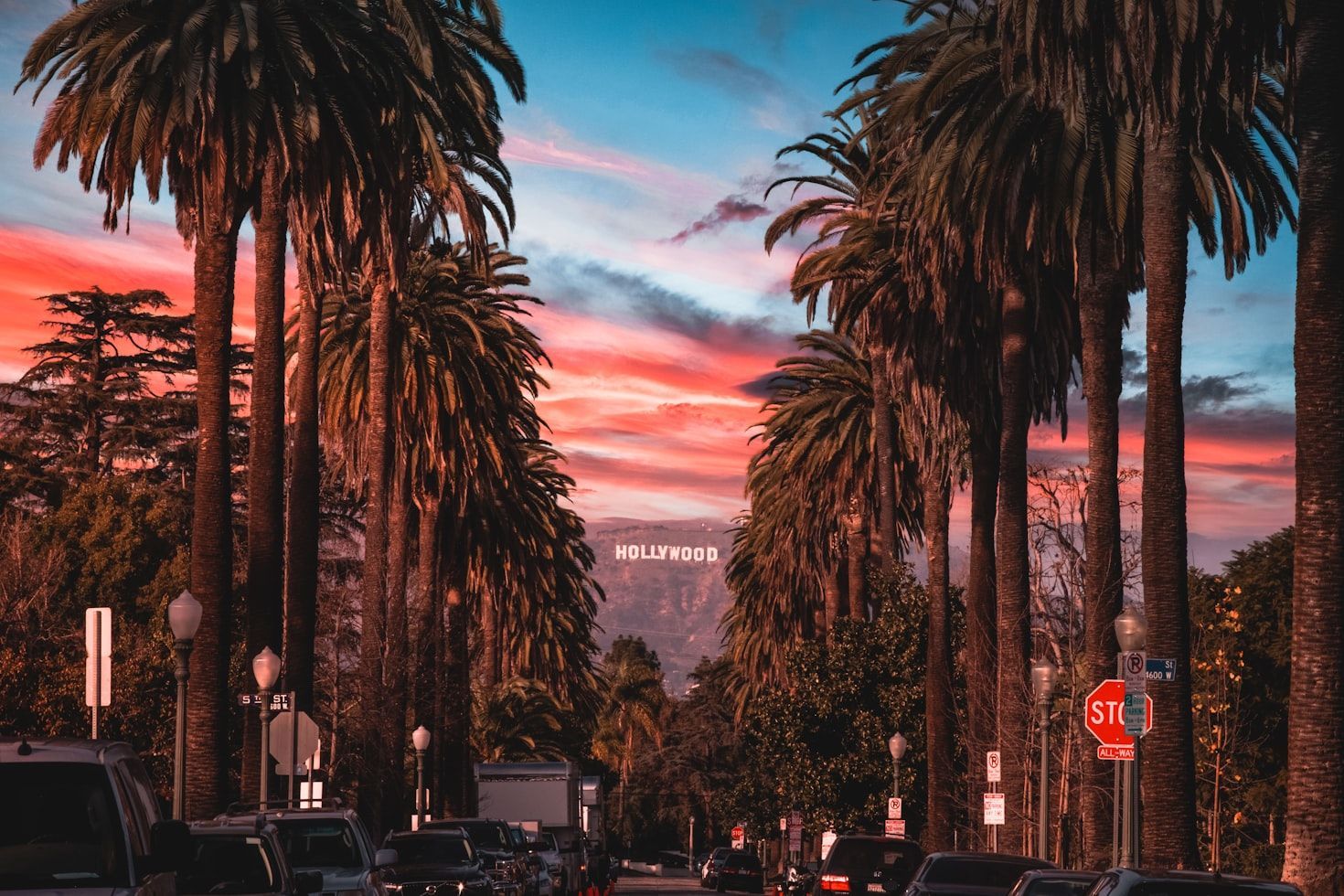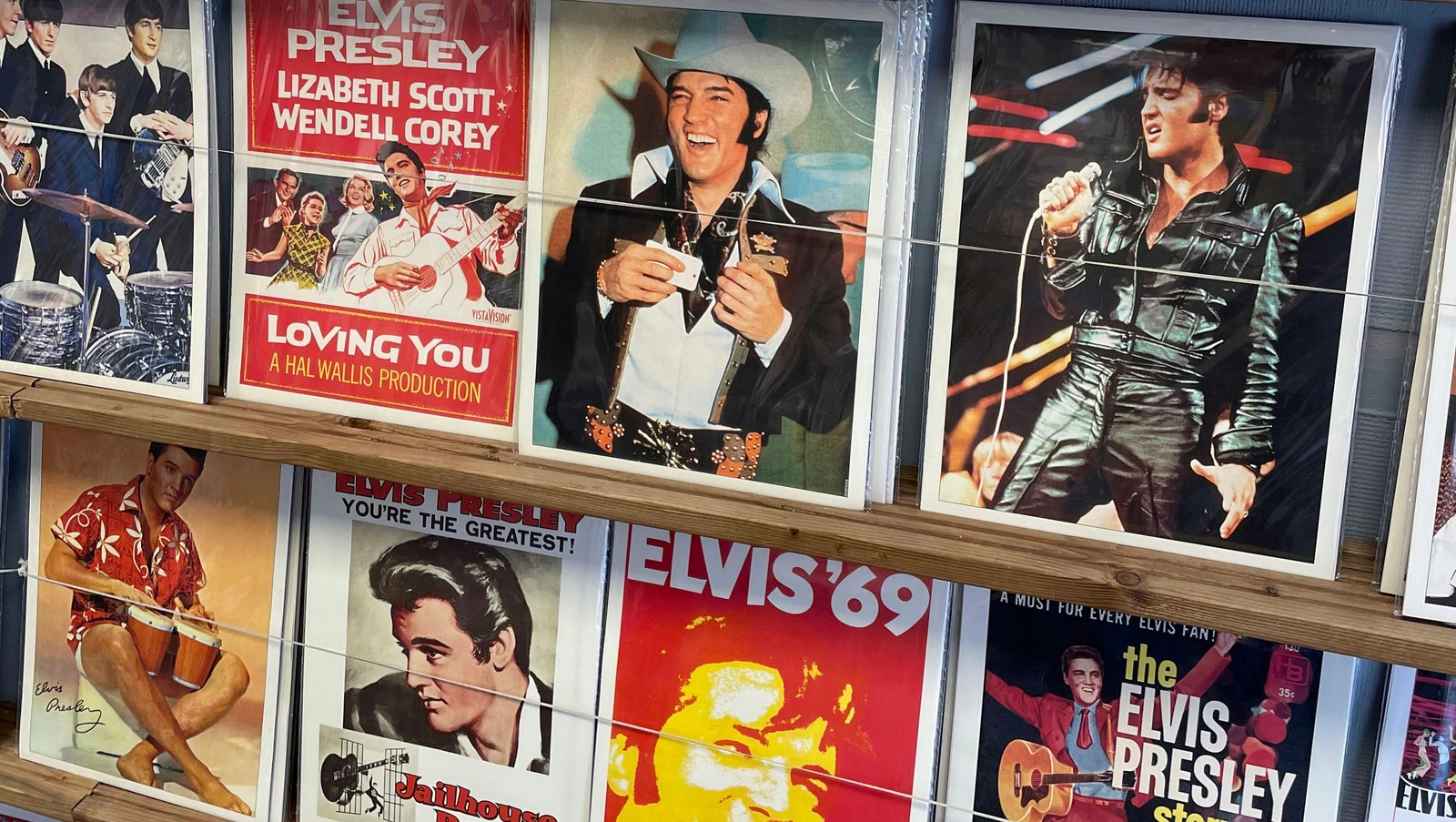No country like this one
10 uniquely American ideas the world tried to copy (and failed)

From its bold founding to its modern innovations, the United States has carved a path few nations have followed. From the Revolution to the Space Race, this list traces 10 unique ways in which America has stood out, decade by decade, showing how our country became a global force for change, invention, and cultural transformation.
Image: Jean-Philippe Delberghe
1
Revolutionary birth

America was the first modern nation to declare independence based on Enlightenment ideals. The Declaration of Independence introduced the concept of inherent rights and government by consent, inspiring revolutions in France, Haiti, and Latin America. No other nation at the time had so explicitly tied its founding to liberty and self-rule.
Image: The New York Public Library
2
Written constitution

The U.S. Constitution is the oldest still in use today. It created a blueprint for federalism, checks and balances, and individual rights, influencing over 100 countries’ constitutions. The inclusion of the Bill of Rights further established protected freedoms.
Image: Larry Alger
3
Peaceful power transfer

The Election of 1800 set a world precedent with a peaceful transfer of power between rival parties. When Thomas Jefferson defeated John Adams, it proved that democracy could endure without bloodshed. Many nations had never witnessed a nonviolent regime change.
Image: Louis Velazquez
4
Emancipation Proclamation

Lincoln’s executive order helped end legal slavery in the U.S. and energized abolition movements abroad. It didn’t immediately free all slaves but made ending slavery a Union war aim. It shifted the Civil War’s moral weight and added global pressure on slaveholding powers.
Image: J. Amill Santiago
5
Industrial giant

Post-Civil War, America rapidly became the world’s top industrial power. Fueled by railroads, steel, and oil, U.S. output surpassed Britain’s by 1890. Titans like Rockefeller and Carnegie built vast enterprises and modern corporate models.
Image: Birmingham Museums Trust
6
National Parks system

Yellowstone became the world’s first national park. America led the way in setting aside land for preservation rather than exploitation. Over time, the U.S. developed the largest and oldest park system in the world.
Image: Jeremy Bishop
7
The melting pot

By 1910, nearly 15% of the U.S. population was foreign-born. No other country absorbed as many immigrants in such numbers. Ellis Island processed over 12 million people, and cities transformed with many cultural layers.
Image: Ferdinand Stöhr
8
Cultural exports

Jazz, Hollywood, and consumer culture became dominant American exports. By the 1920s, U.S. movies, music, and fashion shaped global tastes. Hollywood became the world’s storytelling engine, and jazz introduced a uniquely American sound.
Image: Jake Blucker
9
Internet birthplace

The U.S. Defense Department developed ARPANET, the precursor to the Internet. By the 1980s, American tech hubs like Silicon Valley were driving digital transformation. Companies like Apple, Microsoft, and later Google reshaped how the world communicates.
Image: Kimberly Nguyen
10
Space leadership

America remains the global leader in space exploration and private spaceflight. More than 50 years after the U.S. became the first—and still only—nation to land humans on the Moon, it continues to push the frontier.
Image: NASA





